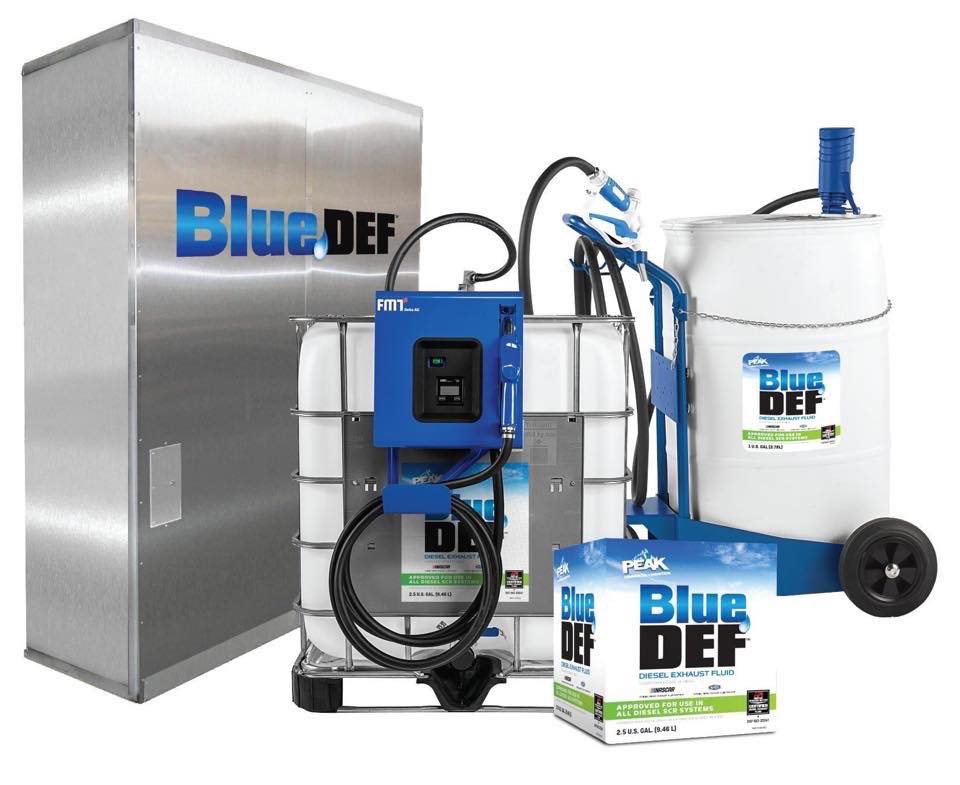A Diverse Range of Applications: Things About Heat Transfer Fluids
Heat levels tend to equalize over time, with thermal energy flowing from areas of high concentration to those with less of it.
It can take quite a while for the heat locked up within a material with a lot of thermal capacity, though, to work its way through a much less accommodating material like air.
In many industrial and commercial applications, more efficient means of transferring heat have to be used.
Many systems rely on fluids that are designed to rapidly absorb significant amounts of heat and transfer them away from a targeted area as they flow under pressure.
Choosing the best available heat transfer fluid for a particular piece of equipment or cooling system can make a huge difference.
Keep the following four facts in mind, and it should become easier to decide appropriately.
Heat Transfer Fluids Can Protect Valuable Systems and Equipment
In some cases, plain, filtered water will be used to help move unwanted heat around as needed.
When it comes to Thermal Heat Transfer, though, there are almost always superior options.
Many heat transfer fluids are designed to outperform water in a number of respects, any of which might be indispensable in a given situation.
More specifically, coolants meant for industrial use often feature formulations and additives that help them protect the systems they are used in.
The organic substance propylene glycol, for instance, is often incorporated into heat transfer fluids to lower the temperature at which they freeze.
This can prevent a cooling system from suffering damage at temperatures that would cause a water-based coolant to turn to ice within it.
Many heat transfer fluids also include corrosion inhibitors and other substances that make expensive damage less likely.
Choosing a heat transfer fluid with protective features that mesh well with a given application will always be advisable.
HTF Can Cut Costs
There are always costs associated with operating and maintaining systems that include cooling equipment.
Heat transfer fluids can be designed to lower both of these figures, sometimes making entire types of activity less expensive.
A heat transfer fluid with an especially long lifetime, for instance, will cut down on the frequency with which changes will be required.
Over time, such benefits add up and can affect a business’s bottom line significantly.
HTF are Available in Many Forms
Heat transfer fluids on the market today tend to be formulated to meet specific sets of requirements.
Even among transfer fluids based on propylene glycol, there are many different products, each with certain intended applications.
A glycol-based coolant meant for use in solar systems, for instance, will not necessarily be a good choice for a diesel generator.
Manufacturers go to great lengths to tailor their heat transfer offerings to particular situations, and it will always pay to acknowledge that fact.
Efficiency, Purity, and Stability Always Matter, Too
It can be tempting to overlook the basics in favor of focusing on issues like additives and applications when assessing heat transfer fluids.
Fundamental issues like the efficiency of transfer and stability at extreme temperatures should never be overlooked, though.
Fortunately, manufacturers that make the effort to formulate and produce advanced heat transfer fluids rarely come up short in these areas.
As such, identifying a trustworthy brand and sticking to the available products will normally be sufficient.
Keep these four tips in mind and it should become easy enough to choose an appropriate heat transfer fluid for any application.




















